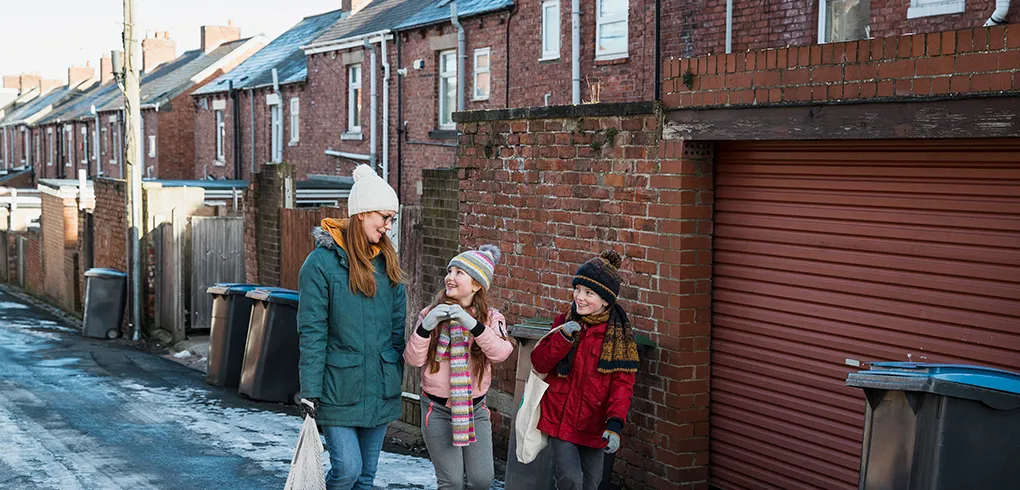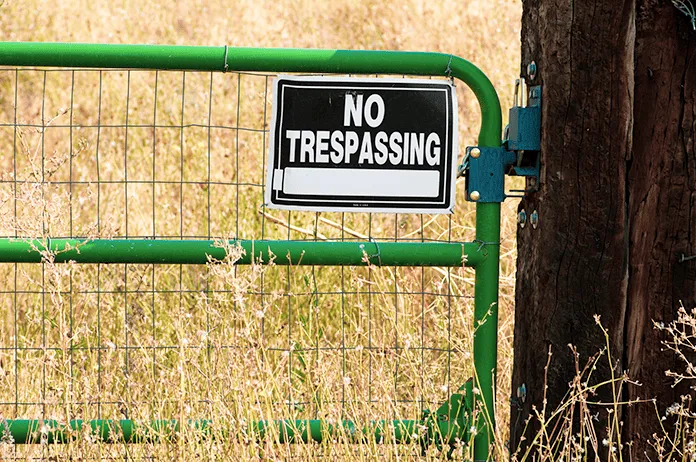From a mortgage lender’s perspective, a public right of way onto your property means it’s deemed a higher risk application, which may require a higher deposit. Instead of a maximum 95% LTV (loan-to-value), the lender may limit your LTV to 85% – 90%, thereby requiring a deposit of 10% – 15%.
If you’re planning on buying a property with a large amount of land as part of the sale, find out whether there is any public right of way anywhere on the land, whether a public footpath, a bridleway, or a byway. You may also find that part of your property covers open access land, also known as “open country” (a mountain, moor, heath or down) that is registered as common land.
In the worst-case scenario, you may discover that there is a byway intersecting your land. This means you effectively have a public road crossing your property. It will also be challenging if it contains a footpath popular with people walking their dogs or next to a public car park. This could create issues with both litter and insurance claims. On the other hand, a tranquil bridleway may be ideal for those who already own horses and wish to ride them directly from their property.
A good way to check if there are rights of way on your preferred purchase is by studying local authority maps. Be aware that there may be additional footpaths and bridlepaths that have been granted public access since the map was published.
The good news is that properties with public access paths won’t exclude high street mortgage providers; you probably won’t need to go in search of a specialist lender. The specific deals available to you will depend on your personal circumstances and the usual assessment of affordability. As with other properties, if you can pay more than a 10% deposit, you’ll have access to better rates and lenders are more likely to approve your application.
The impact of the public right of way on your mortgage application ultimately comes down to where the footpath is on your property, how intrusive the access is and whether it will have a direct impact on valuation. The lender’s risk calculation is based on whether they can sell the property in the event of repossession.
As part of the mortgage valuation, the valuer will consider whether the public access limits the land use around the property and has a knock-on effect on its value. The report will also consider the costs associated with maintaining the footpath, ensure it remains accessible and assess the security risks. This could include the potential costs of putting up fencing to prevent trespassing, as well as providing adequate signage. Finally, the valuation report will assess the potential for noise pollution associated with the right of way.
From the buyer’s perspective, it makes sense to commission a homebuyer’s survey to better understand the implications of the footpath and its impact on the value of the property, as well as the costs associated with maintaining and securing it from the rest of your property.



